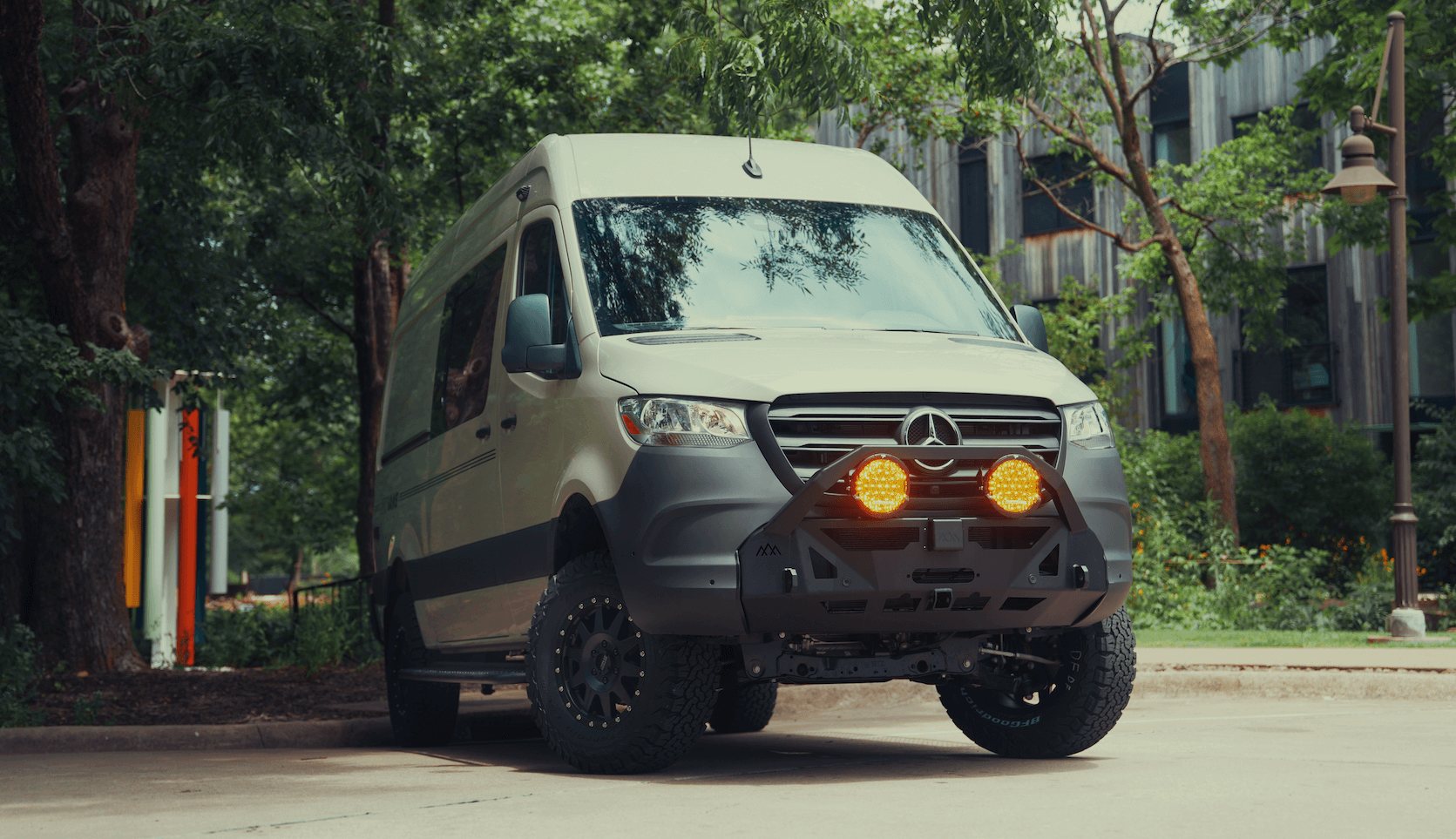Recreational Vans

A SmartSolar controller is a type of MPPT solar charge controller. Instead of simply connecting panels to a battery, it samples panel voltage and current, hunts for the most productive operating point, then steps the higher panel voltage down to a safe battery charging voltage while increasing current. That conversion boosts harvest compared with basic PWM controllers, especially in cool or variable light.
MPPT control shines when panel voltage is meaningfully higher than battery voltage. As irradiance and cell temperature change through the day, the controller keeps tracking the sweet spot. The result is steadier charging, better use of morning and late afternoon light, and fewer stalls when clouds move across the sun.
Most SmartSolar controllers use multi stage charging profiles. Bulk pushes as much current as available until the target voltage is reached. Absorption holds a set voltage to finish charging without overheat. Float reduces voltage to maintain full charge. Some systems add equalization for flooded lead acid. For lithium iron phosphate, the profile usually skips equalization and uses tighter voltage windows. Temperature compensation adjusts setpoints for lead acid chemistries.
PWM acts like an electronic switch that clamps panel voltage to battery voltage. That simplicity is rugged, but it leaves power on the table whenever panel voltage is above battery voltage. MPPT converts that extra voltage into usable current. In real van sized arrays, MPPT gains often range from ten to thirty percent, with larger improvements in cold weather or with higher voltage strings.
Start with panel specs. Use array Voc at the coldest expected temperature to ensure you do not exceed the controller’s input voltage rating. Consider parallel, series, or series parallel layouts. Series raises voltage and lowers current which reduces copper size and line loss, but it also raises Voc and requires a controller with sufficient headroom. Parallel strings keep voltage lower and boost current, which can demand heavier wire and larger fusing but maintains partial shading resilience.
Match controller output current to the battery bank and array. A common rule is to plan for panel wattage divided by battery charge voltage, then add margin. For example, three hundred watts into a twelve volt system yields about twenty to twenty five amps at the controller output. Choose a controller with capacity overhead for hot days and future expansion.
Use appropriately sized wire from panels to controller and controller to battery. Keep the controller close to the battery to minimize voltage drop on the charging side. Add a properly rated disconnect and overcurrent protection on the array side, and a fuse or breaker near the battery on the output side. Maintain correct polarity throughout, and bond grounding according to your vehicle and component requirements. Clean terminations matter as much as conductor size.
All MPPT controllers dissipate heat during conversion. Mount the controller on a firm surface with clear airflow, away from soft furnishings and moisture. Do not bury it behind insulation or inside a sealed cabinet. Elevated temperature will reduce current output and can shorten component life. A few inches of clearance and a vent path are simple insurance.
Initial configuration sets the tone for battery health. Select the correct battery chemistry and voltage limits. For lithium, verify the absorption and float targets recommended by your battery maker, and align charge termination current if available. For lead acid, enable temperature compensation and review equalization settings for flooded cells. Clock settings and load output features can be tuned for lighting or auxiliary devices where appropriate.
Smart monitoring provides insight that a simple voltmeter misses. Many SmartSolar type controllers add Bluetooth connectivity through apps such as Victron Connect, allowing live data, historical graphs, firmware updates, and remote tweaks. Watch for signs of undersized wire like excessive voltage drop under load, or signs of shading like jagged power curves.
Routine care is minimal. Keep terminals snug and clean. Inspect cable runs for abrasion and strain. Dust the heat sink. Review logs after big trips to validate that bulk and absorption behave as expected. If performance dips, check panel cleanliness, shading from roof gear, and any new roof accessories that might cast shadows.
If the controller never reaches absorption, check array output and voltage drop. If it reaches absorption too quickly, the battery bank might be small or partially sulfated. Erratic Bluetooth readings can come from low voltage or interference. A steady approach is best: measure, adjust one parameter at a time, and verify with fresh sunlight.
If you prefer a turnkey approach, OZK Customs designs and installs SmartSolar based systems inside custom adventure vans. We size arrays for real travel patterns, place components for serviceability, and integrate alternator charging, inverters, and distribution so power flows cleanly across the whole rig. Our team hands off every build at Adventure Point with a walkthrough that makes your system feel intuitive on day one.
Final checks before you hit the road: confirm charge profile, set the app passcode, note breaker labels, and take a quick reference photo of the wiring. With solid sizing, neat wiring, and smart configuration, a SmartSolar controller becomes the quiet heartbeat of an efficient van power system.
Strong next steps:
Ready to explore van power systems and full upfits:
Let’s make your power system dependable, quiet, and road proven. OZK Customs builds full custom vans, partial upfits, and integrated solar power systems sized for your routes, seasons, and gear. Fill out the form to start your build plan today.
Ready to spec solar that just works? Tell us about your travel style, battery chemistry, and panel plan. OZK Customs will design and install a SmartSolar based system that charges fast, runs quiet, and fits your van. Start your build plan now.
ADDRESS:
6159 E Huntsville Rd, Fayetteville, AR 72701
PHONE:
(479) 326-9200
EMAIL:
info@ozkvans.com